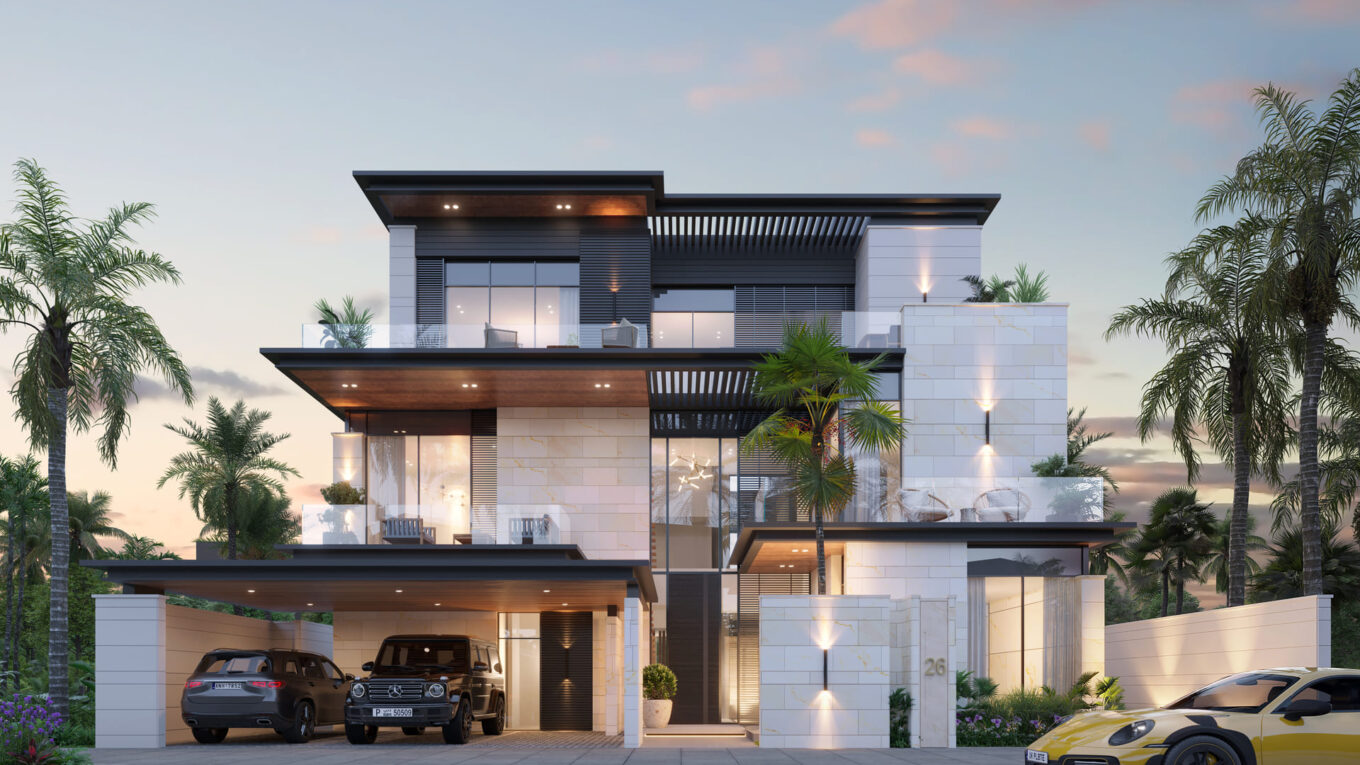Commercial Vs. Residential Property Development – Pros And Cons
Commercial and residential property development represents distinct sectors within the real estate industry, each offering unique opportunities, challenges, and investment considerations. Understanding the pros and cons of each type of development is vital for a Dubai properties developer, investors, and stakeholders seeking to optimize returns and mitigate risks in their real estate portfolios.
Commercial property development:
Pros:
- Higher income: Commercial properties typically generate higher rental income compared to residential properties due to longer lease terms and higher square footage rates.
- Stable tenants: Commercial leases often involve businesses or corporate tenants, providing stability and consistent cash flow. Triple-net leases shift maintenance and operational costs to tenants, reducing landlord responsibilities.
Cons:
- Market volatility: Commercial real estate markets can be more susceptible to economic downturns and market fluctuations, affecting occupancy rates, rental income, and property valuations.
- Higher initial costs: Development costs for commercial properties, including land acquisition, construction, and tenant improvements, can be significantly higher than residential projects.
- Tenant risk: Dependence on a few key tenants or industries exposes landlords to tenant default risk, lease renegotiations, and prolonged vacancy periods.
Residential property development:
Pros:
- Steady demand: Residential properties cater to essential housing needs, ensuring consistent demand regardless of economic conditions.
- Diverse tenant pool: Residential properties attract a broad range of tenants, including individuals, families, and retirees, reducing dependency on specific tenant types.
Cons:
- Tenant turnover: Residential properties may experience higher turnover rates, leading to increased leasing and turnover costs.
- Regulatory challenges: Residential development is subject to zoning laws, building codes, and community regulations that can vary by location and impact project timelines and costs.
- Lower rent yield: Residential rental yields are typically lower than commercial properties on a per-square-foot basis, impacting income generation.
Choosing between commercial and residential property development depends on investment goals, risk tolerance, market conditions, and financing capabilities. Commercial development offers higher income and stable tenants but entails higher costs and tenant risks. Residential development provides steady demand, diverse tenant pools, and easier financing but may face regulatory challenges and lower rent yields. Successful developers and investors diversify portfolios, conduct thorough market analysis, and align development strategies with long-term investment objectives to optimize returns and mitigate risks in both sectors of the real estate market.
